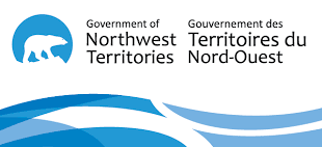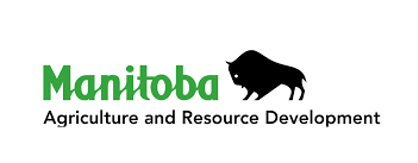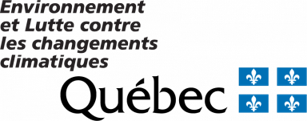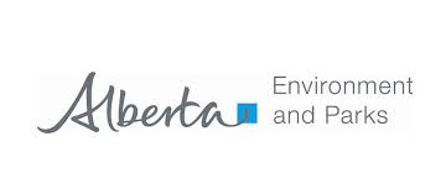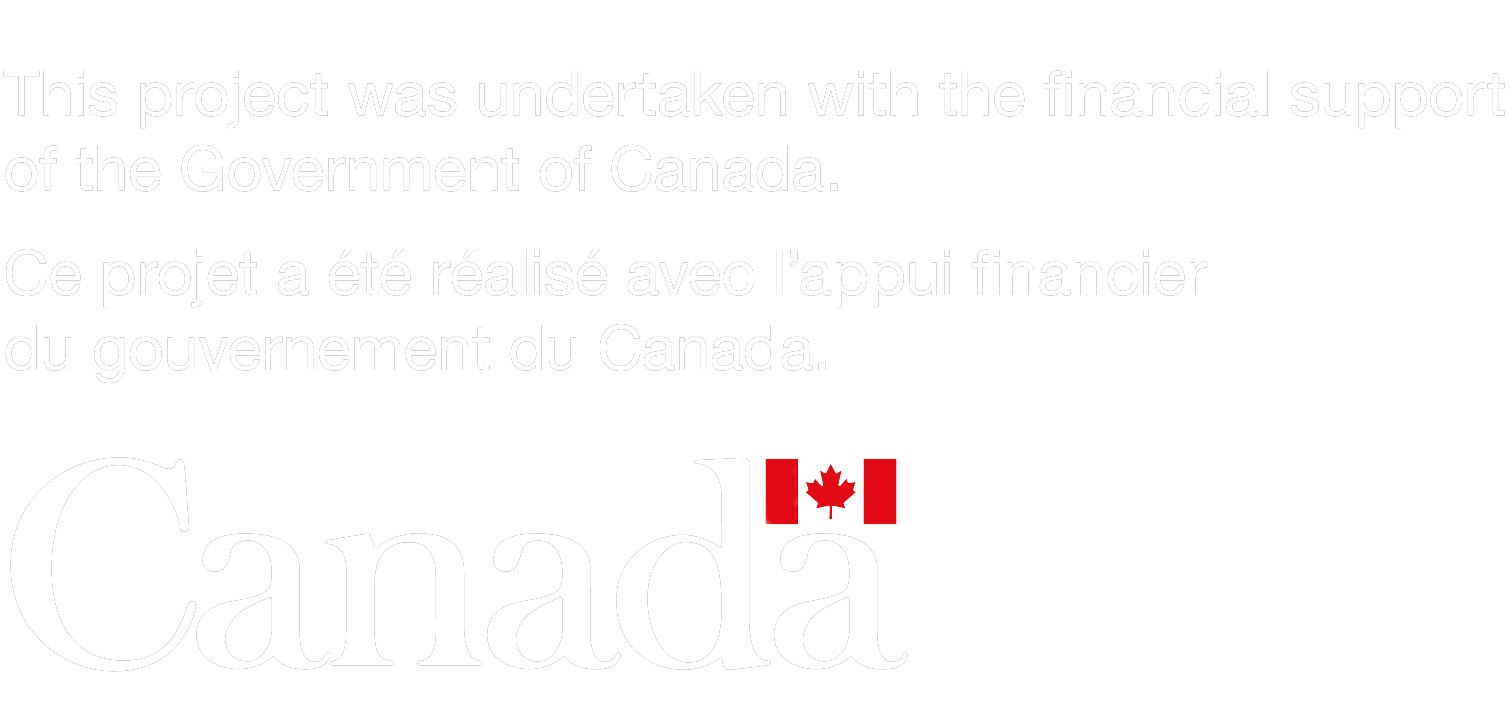Title: Concentrations of dissolved methane, carbon dioxide and oxygen in thermokarst lakes and ponds in palsa peatlands, northern Québec, Canada
Citation: Matveev, A., Laurion, I., Deshpande, B.N., Vincent, W.F. 2020. Concentrations of dissolved methane, carbon dioxide and oxygen in thermokarst lakes and ponds in palsa peatlands, northern Québec, Canada, v. 1.1 (2012-2017). Nordicana D48, doi: 10.5885/45588CE-5A12A84DFAAF4D36.
Study Site: Sasapimakwananisikw River (SAS) peatland valley (center of subarctic Québec), and in thermokarst lakes of the Boniface River (BON) peatland valley (north of subarctic Québec)
Purpose: The dataset has been developed for research quantifying methane (CH4) fluxes from thermokarst lakes over a gradient of permafrost conditions, deemed to identify the key variables determining the spatio-temporal variations of these fluxes. Three coalescing approaches require separate subsets of data: (1) An assessment of spatial variations of thermokarst lakes methane fluxes at multiple ecological scales; (2) An evaluation of spatial variations of CH4 oxidation dynamics in thermokarst lakes, with particular attention to the factors controlling aerobic and anaerobic methanotrophy; (3) An evaluation of CH4 fluxes from the subsets of thermokarst lakes across a spatial gradient of permafrost degradation from continuous to sporadic permafrost. This research project is part of the ADAPT project (Arctic Development and Adaptation to Permafrost in Transition) and can be linked to projects conducted on the same study site (CCIN Reference Number: 11670, 11672, 11673 and 11679).
Abstract: Samples were collected annually in August in the thermokarst lakes of Nunavik, as part as the ADAPT project (Arctic Development and Adaptation to Permafrost in Transition), measuring: (1.1) Fine scale vertical profiles of the dissolved CH4 and CO2 concentrations down the water column, and the concentrations' variance relative to the lakes' limnological characteristics; (1.2) Surface fluxes of unoxidized biogas (direct gas-trap measurements); (1.3) Spatial variability in CH4 and CO2 surface concentrations, surface fluxes and vertical profiles, including those (1.3A) between the lakes' littoral and deep zones, (1.3B) between lakes of similar limnological properties, and (1.3C) between subsets of lakes.
Supplemental Information Summary:
Research: ADAPT, ArcticNet, CEN
Further Info: Matveev, A., Laurion, I., Deshpande, B. N., Bhiry, N., and Vincent, W.F. 2016. High methane emissions from thermokarst lakes in subarctic peatlands. Limnology and Oceanography 61: S150–S164 DOI: .
Matveev, A., Laurion, I., and W. F. Vincent. 2019. Winter accumulation of methane and its variable timing of release from thermokarst lakes in subarctic peatlands. J. Geophys. Res.: Biogeosci., 124: 3521—3535. DOI: 10.1029/2019JG005078.
Status: Complete
Keywords:
carbon dioxide,
methane,
thermokarst,
Permafrost,
biogeochemistry,
Geographical coordinates: North: 57.739567, South: 55.219000 East: -77.708000 West: -76.114233
Bounding Temporal Extent: Start Date: 2012-08-01, End
Date: 2016-08-31


